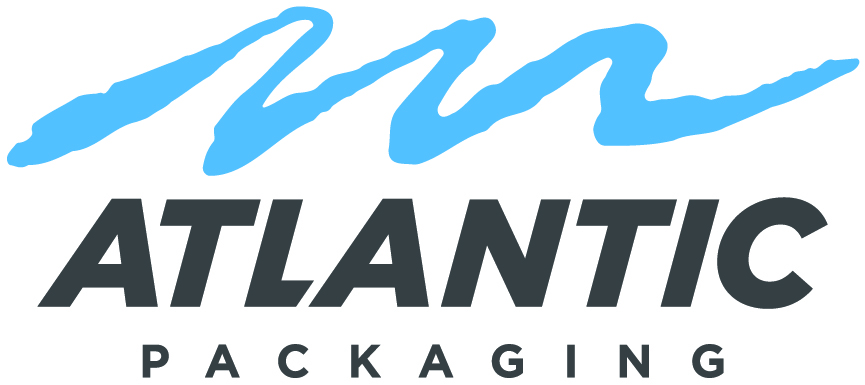Have you noticed changes in plastic water bottles over the last several years? Smaller caps, smaller printed labels, and lighter plastic are a few of the ways that beverage companies are reducing waste in their packaging. They are also bundling their cases without the use of corrugated trays.
And these changes are making a difference.
Nestle Waters states that by reducing weight in their half-liter bottle, they are using an average of 37% less plastic than their original half-liter and have saved 65 million pounds of PET plastic resin. And by reducing the label size on the bottle by 35%, they have saved almost 10 million pounds of paper annually (source: Packaging Innovation – Nestle Waters, link here).
Ice River Springs makes their bottles out of 100% recycled green plastic for closed loop recycling. This means that they’re making no new plastic for their bottled water (see: Ice River Green, link here).
As more and more beverage companies make moves to become environmentally friendly and adopt changes to their primary packaging, bulk shipments of the product from the bottling facility to distributors and retailers are in danger of being less stable and more susceptible to damage during transit. Companies have to rely increasingly on their pallet wrapping operation to keep the product safe and contained during shipping and storage.

At Atlantic, we have stretch packaging engineers and film specialists dedicated to meeting the demands of these unique and ever-changing packaging challenges. This team studies prestretch, secondary stretch, wrap patterns, and overlap. They analyze how these elements need to interact on the pallet in order to achieve the desired containment force that will protect the product in every individual case.
We share the results of our data and analysis in Stretch University, a program aimed at educating our customers on all the elements of a properly wrapped pallet. Through hands-on demonstrations, we show the best practices and common pitfalls of film being applied to a pallet. Stretch University demonstrates that simply applying more film or increasing tension will not protect product from damage. The right film matched with the proper equipment settings together with the appropriate prestretch, secondary stretch, and wrap patterns all collaborate on creating an effectively wrapped pallet.
Beyond analysis, training, education, and the technical service required to get all of these elements just right for our customers, Atlantic has also developed a monitoring system called Materials Usage Standards Tracking (MUST) to ensure that the proper benchmark settings are maintained over time.
It is inspiring to see so many companies evolving their products and processes to be more environmentally mindful. Matching that evolution with a packaging process that results in less wasted film and less damaged product is not only possible, it is a fundamental part of Atlantic’s commitment to sustainable packaging.
Contact us to learn more about stretch packaging, Stretch University, or the MUST monitoring program.
